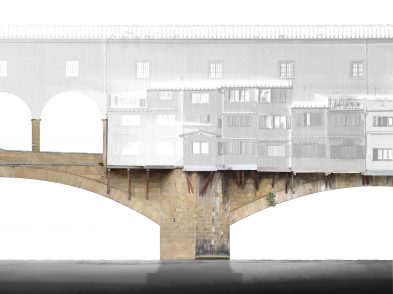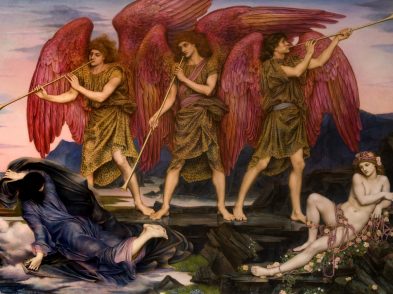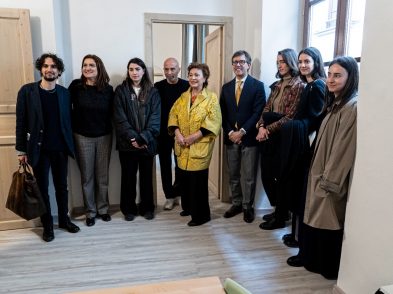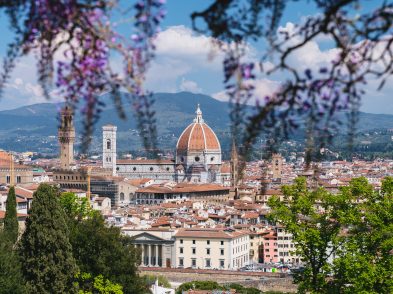From May 1 to June 30, Palazzo Vecchio becomes home to Il Quarto Stato (The Fourth Estate) by Giuseppe Pellizza da Volpedo (1868-1907). The project by the Museo Novecento in Florence and the Museo Novecento in Milan is curated by Danka Giacon and Sergio Risaliti. On the occasion of May 1, International Workers’ Day, the large canvas, which is one of the most famous pictorial works created between the 19th and 20th centuries, was presented at its temporary setting in the spectacular Salone dei Cinquecento.
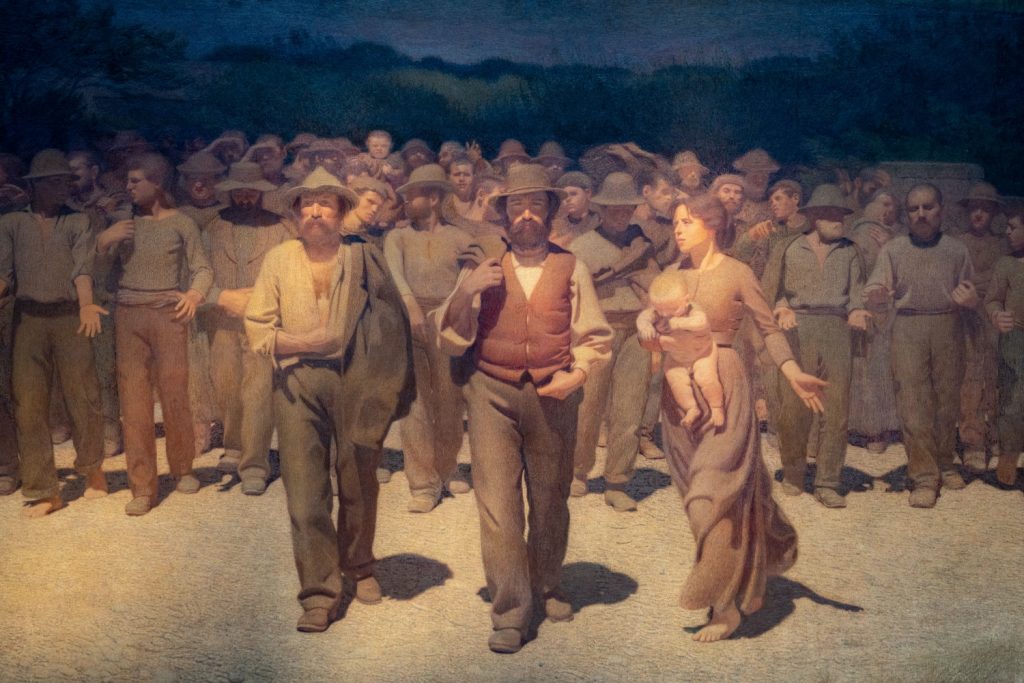
Its first home in Milan was in the Gallery of Modern Art in Palazzo Marino, following the Municipality of Milan’s acquisition of the work in 1920. It was subsequently moved to the Museo del Novecento in Milan in 2010, which remains its usual dwelling place.
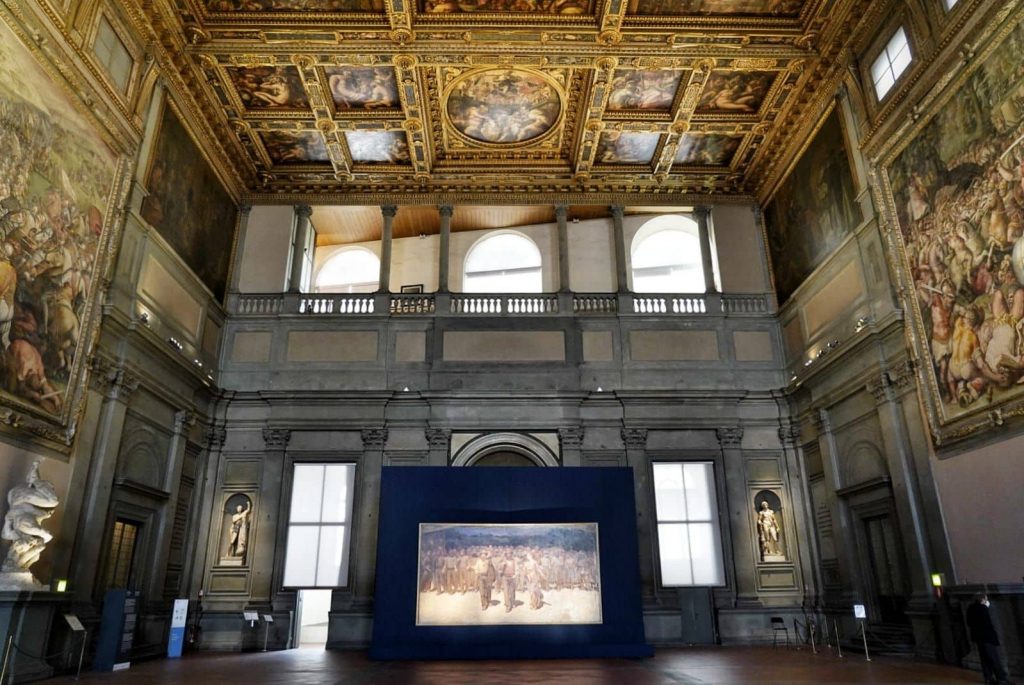
Created over a ten year period, the work is said to represent a universally known figurative archetype that expresses the world of work realistically and expressively. Issues relating to struggles for rights and constitutional principles are at the core of the piece.
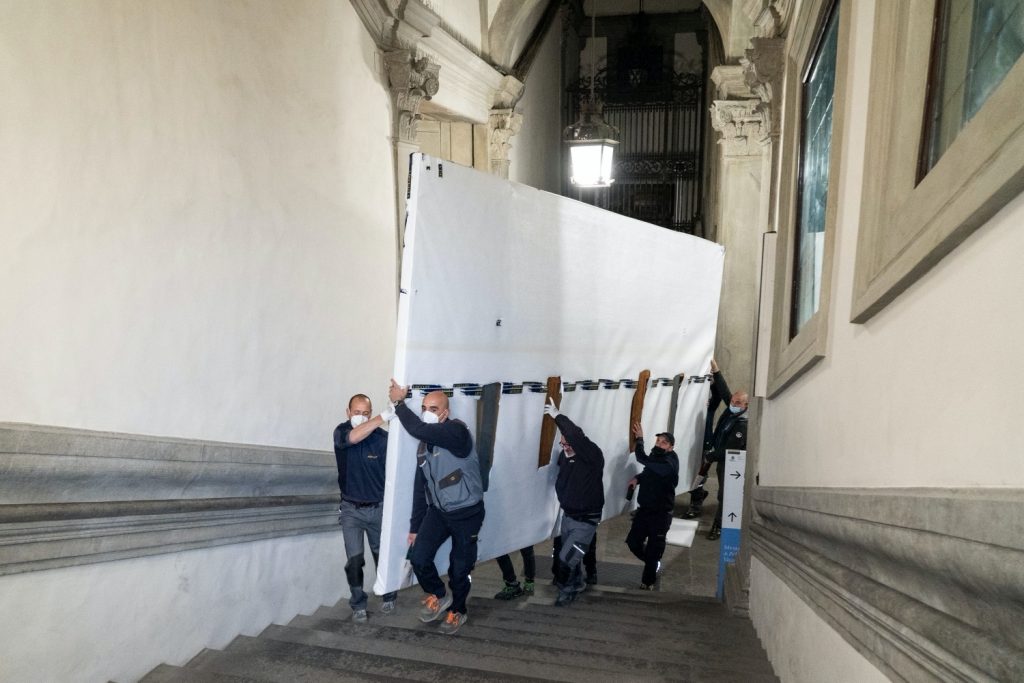
The artist spent time attending the Academy of Fine Arts under the tutelage of Giovanni Fattori from 1893-95. While in the Tuscan capital, he experimented with the divisionist technique, based on separating colours through small dots or strokes.
The first sketch of the work on the theme of the strike (Ambassadors of Hunger) dates back to 1891, going through numerous variations before being presented to the public for the first time in 1902 at the International Exhibition of Modern Decorative Art in Turin. The painting represents a response to the bloody Milanese events of 1898 when, during the popular uprisings, General Bava Beccaris fired at the crowd causing a massacre. The crowd is depicted as advancing confidently towards a more peaceful future. The “fourth estate”, to which the title refers, is the working class which is represented through scenographic realism.




